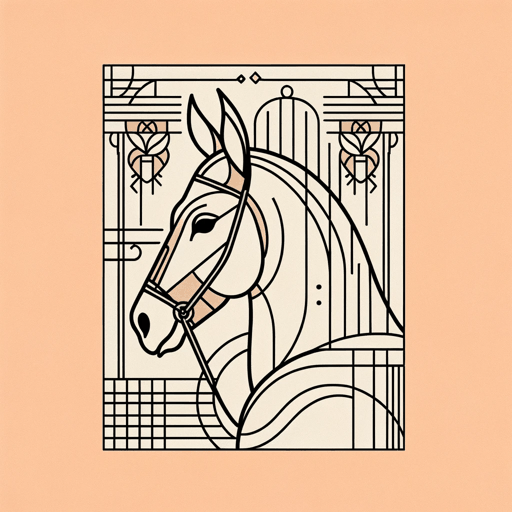16 pages • 32 minutes read
Langston HughesMe and the Mule
Fiction | Poem | Adult | Published in 1959A modern alternative to SparkNotes and CliffsNotes, SuperSummary offers high-quality Study Guides with detailed chapter summaries and analysis of major themes, characters, and more.
Background
Literary Context
Langston Hughes’s poetry is nearly synonymous with the Harlem Renaissance, a period of time that lasted from approximately 1920 through the mid 1930s. Although the movement was associated with and named after the Manhattan neighborhood of Harlem, it was really an African diaspora revival of cultural, literary, artistic, and musical forms that spanned the globe. As a Black man and poet living in Harlem at the height of the movement, Langston Hughes was at its center; his work—both early and late in his career— is obviously informed by the ideals of the Harlem Renaissance.
Harlem, as the center of African American Northern migration in the United States, was considered the epicenter for the renaissance of African cultural arts. At the time, many African American families moved from the Southern part of the United States to cities and towns in the Midwest or Northeast to escape the racism associated with Jim Crow and segregation laws that followed the post-Civil War Reconstruction Era. This sweep of immigration, which took place in the early 20th century, is often referred to as the Great Migration. Hughes’s family was one of many that moved northward during the Great Migration, which makes his work’s connection to the movement multi-layered.
Related Titles
By Langston Hughes

Children’s Rhymes
Langston Hughes

Cora Unashamed
Langston Hughes

Dreams
Langston Hughes
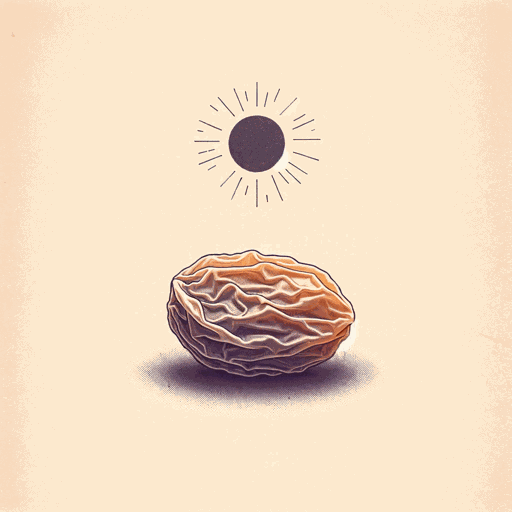
Harlem
Langston Hughes
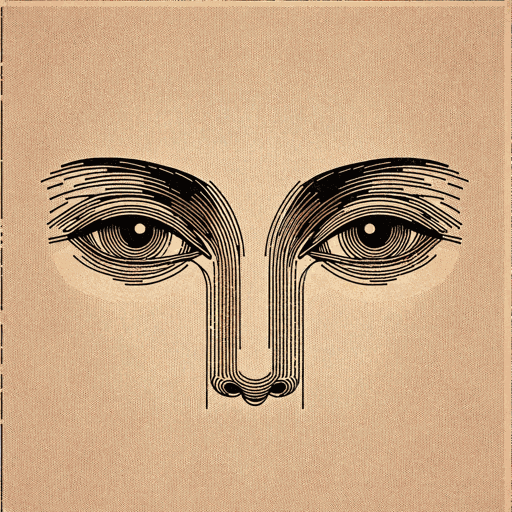
I look at the world
Langston Hughes
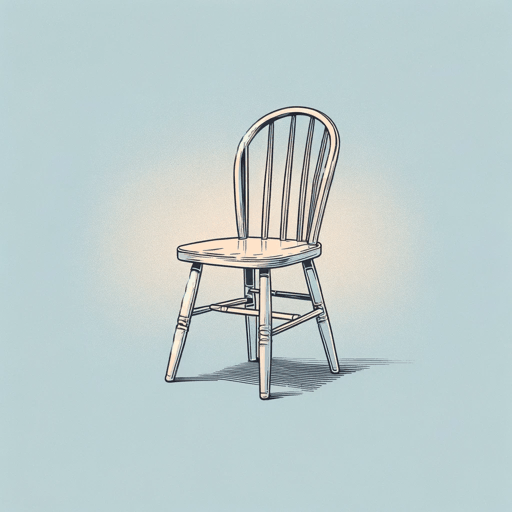
I, Too
Langston Hughes

Let America Be America Again
Langston Hughes

Mother to Son
Langston Hughes

Mulatto
Langston Hughes

Mule Bone: A Comedy of Negro Life
Langston Hughes, Zora Neale Hurston
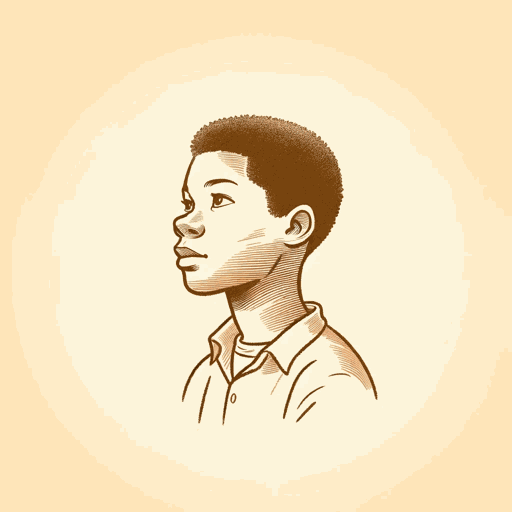
Not Without Laughter
Langston Hughes

Slave on the Block
Langston Hughes

Thank You, M'am
Langston Hughes

The Big Sea
Langston Hughes
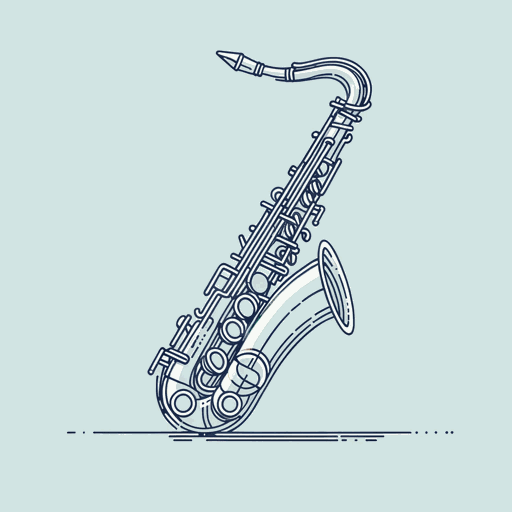
Theme for English B
Langston Hughes

The Negro Artist and the Racial Mountain
Langston Hughes

The Negro Speaks of Rivers
Langston Hughes
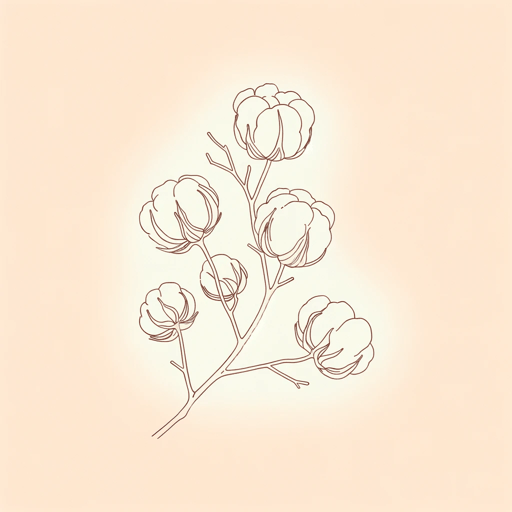
The Ways of White Folks
Langston Hughes

The Weary Blues
Langston Hughes

Tired
Langston Hughes
Featured Collections
African American Literature
View Collection
American Literature
View Collection
Books About Race in America
View Collection
Books on U.S. History
View Collection
Civil Rights & Jim Crow
View Collection
Contemporary Books on Social Justice
View Collection
Diverse Voices (High School)
View Collection
Diverse Voices (Middle Grade)
View Collection
Equality
View Collection
Harlem Renaissance
View Collection
Poetry: Perseverance
View Collection
Pride & Shame
View Collection
Short Poems
View Collection
